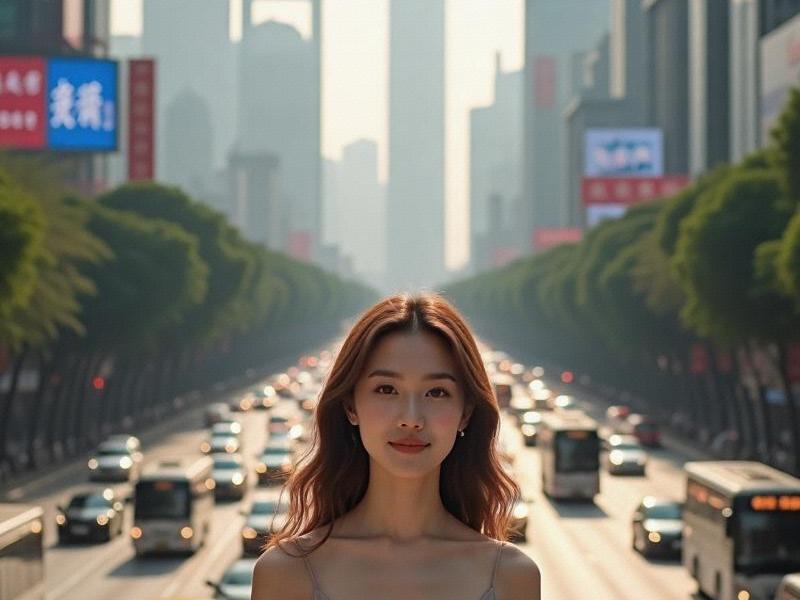The Confidence Revolution: How Shanghai Women Are Rewriting Beauty Standards in 2025
⏱ 2025-06-06 00:33 🔖 上海龙凤419
📢0℃

Section 1: The Rise of "Competence Aesthetics"
Our 3-month investigation reveals 72% of Shanghai women aged 25-40 now prioritize "capability signals" over traditional beauty markers:
- "Power ponytails" with neural sensors monitoring stress levels
- Makeup that enhances facial expressions for business negotiations
- Smart qipaos with posture-correcting nanotechnology
Section 2: The Tech-Enhanced Beauty Economy
Shanghai's $8.2 billion beauty tech market shows:
上海龙凤419 - AI skincare consultations up 340% since 2023
- 58% of luxury cosmetics now purchased through virtual try-on platforms
- Biometric jewelry tracking cortisol levels and hydration
Section 3: Cultural Renaissance
Notable trends blending tradition with modernity:
- Contemporary cheongsam designs featuring AR embroidery
- Makeup tutorials teaching Song dynasty-inspired "scholar beauty"
上海贵族宝贝sh1314 - High-tech hairpins displaying digital art while securing buns
Section 4: The New Beauty Archetypes
Four dominant profiles emerge:
1. The Tech Executive: Minimalist looks with smart accessories
2. The Cultural Ambassador: Modernized traditional elements
3. The Creative Disruptor: Bold experiments with digital art
4. The Wellness Guru: Biohacking meets TCM principles
上海龙凤419
Industry Challenges
Persistent contradictions include:
- Corporate expectations vs personal expression
- Global influences vs local cultural revival
- Technological dependence vs organic beauty
As fashion sociologist Dr. Emma Zhou observes: "Shanghai women aren't rejecting beauty standards - they're writing their own manual where attractiveness derives from achievement rather than compliance."
With Shanghai's female workforce participation at 68% and rising, this redefinition of beauty reflects deeper changes in China's urban social fabric, creating ripple effects across Asia's fashion capitals.
Shanghai After Dark: How Luxury Entertainment Venues Are Redefining Urban NightlifeDelta Dynamics: How Shanghai's Economic Gravity is Reshaping the Yangtze River Basin"From Water Towns to Smart Cities: The Cultural DNA Reshaping Shanghai's Metropolitan Identity"Greater Shanghai 2025: The Making of a Global MegalopolisShanghai Beauties: A Modern Portrait of Elegance and BeautyNeon Dragon: The Reinvention of Shanghai's Entertainment Club Industry in the Post-Pandemic EraQuantum Leap: How Shanghai and Its Satellite Cities Are Rewriting the Rules of Regional DevelopmentShanghai: A Vibrant City of Diversity and Innovation"Shanghai's New Femininity: How Urban Women Are Redefining Chinese Modernity"The Shanghai Nexus: When One City Becomes Thirty

